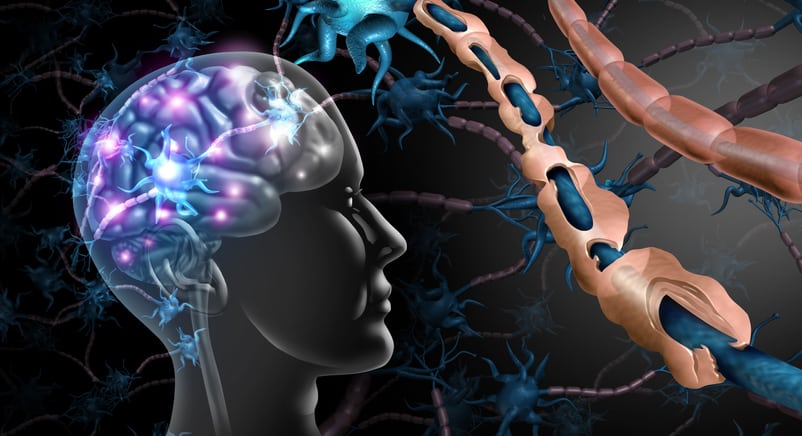White matter hyperintensities (WMHs) are commonly assumed to represent non-specific cerebrovascular disease comorbid to neurodegenerative processes, rather than playing a synergistic role. We compared the impact of WMHs on grey matter (GM) atrophy and cognition in normal aging (n = 571), mild cognitive impairment (MCI, n = 551), Alzheimer’s dementia (AD, n = 212), fronto-temporal dementia (FTD, n = 125), and Parkinson’s disease (PD, n = 271). Longitudinal data were obtained from ADNI, FTLDNI, and PPMI datasets. Mixed-effects models were used to compare WMHs and GM atrophy between patients and controls and assess the impact of WMHs on GM atrophy and cognition. MCI, AD, and FTD patients had significantly higher WMH loads than controls. WMHs were related to GM atrophy in insular and parieto-occipital regions in MCI/AD, and frontal regions and basal ganglia in FTD. In addition, WMHs contributed to more severe cognitive deficits in AD and FTD compared to controls, whereas their impact in MCI and PD was not significantly different from controls. These results suggest potential synergistic effects between WMHs and proteinopathies in the neurodegenerative process in MCI, AD and FTD.Copyright © 2021 Elsevier Inc. All rights reserved.
White matter hyperintensities are associated with grey matter atrophy and cognitive decline in Alzheimer’s disease and frontotemporal dementia.


